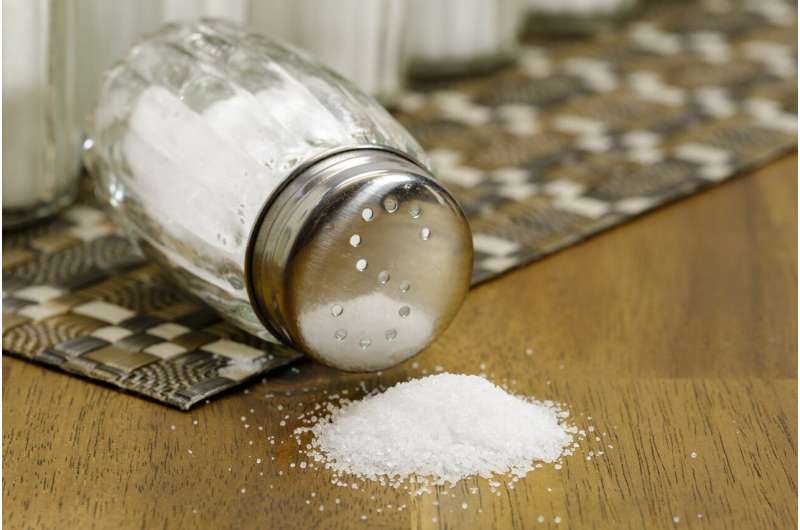Low-Fiber Diet Linked to High-Risk Atherosclerotic Plaques in Coronary Arteries

A recent study links low dietary fiber intake with the development of high-risk, unstable plaques in coronary arteries, increasing the risk of heart attacks. Improving diet quality may aid in prevention.
A comprehensive study conducted by researchers at Lund University highlights a significant connection between consuming a diet low in dietary fiber and the development of unstable, high-risk atherosclerotic plaques in coronary arteries. These particular types of plaques are dangerous because they can rupture, leading to blood clots and heart attacks. The research also emphasizes how dietary patterns influence not only the presence but also the composition of arterial plaques, affecting their potential to cause cardiovascular events.
Utilizing advanced imaging techniques like computed tomography (CT), the study examined individuals without any prior symptoms of heart disease or diagnosed cardiovascular conditions. Participants’ diets were assessed through questionnaires, and a dietary index was used to classify healthy versus unhealthy eating patterns. Those with diets rich in whole grains, vegetables, fruits, nuts, vegetable oils, and low in red meats and processed snacks demonstrated fewer and less dangerous plaques. Conversely, individuals with poorer dietary habits showed a higher prevalence of atherosclerosis, including more severe narrowing of the coronary arteries.
Specifically, among 24,097 participants aged 50 to 64 from the SCAPIS study, those with the least healthy diets—characterized by low fiber intake—exhibited a 44% rate of coronary artery changes, compared to 36% among the healthiest diet group. Moreover, high-risk plaques, such as those causing 50% or more arterial narrowing, were 1.6 times more common in the low-fiber diet group.
The team found that factors like abdominal obesity, high blood pressure, and elevated triglycerides partially mediated the link between diet and plaque formation. These findings suggest that unhealthy, low-fiber eating habits may influence metabolic processes and promote atherosclerosis, increasing the likelihood of heart attacks. Although mechanisms remain to be fully understood, the evidence advocates for dietary modifications aligned with international guidelines emphasizing increased intake of vegetables, fruits, whole grains, nuts, and healthy oils, while reducing processed meats, sugary drinks, and snacks.
Ingrid Larsson, an author of the study and nutrition expert, underscores that adopting such dietary patterns could significantly diminish the development of dangerous plaques in the arteries, thus lowering heart attack risk. The research advocates for proactive nutrition-based prevention strategies to combat coronary artery disease.
Stay Updated with Mia's Feed
Get the latest health & wellness insights delivered straight to your inbox.
Related Articles
U.S. Survey Shows Salt Substitutes Underused by Individuals with High Blood Pressure
A recent survey highlights that less than 6% of U.S. adults with high blood pressure use salt substitutes, despite their proven health benefits. Increased awareness can help improve blood pressure management nationwide.
Impact of Calorie Labeling: Modest Reduction in Energy Content of Menu Items in England
Research shows that calorie labeling in England leads to a small, 2% reduction in the energy content of menu items, primarily through item removal rather than reformulation, with limited overall health impact.
Why the G20 Should Strengthen Health Taxes on Sugary Drinks, Processed Foods, Alcohol, and Tobacco
The G20 has a crucial role in combating non-communicable diseases by implementing effective health taxes on sugary drinks, processed foods, alcohol, and tobacco. Strengthening these policies can save millions of lives and improve global health outcomes.
Potential of 'Food is Medicine' Programs to Boost Diet Quality and Food Security
Research indicates that 'Food is Medicine' programs can significantly improve diet quality and food security, with potential to enhance health outcomes and reduce healthcare costs. A recent American Heart Association review emphasizes the need for larger, standardized studies to better understand long-term impacts.



